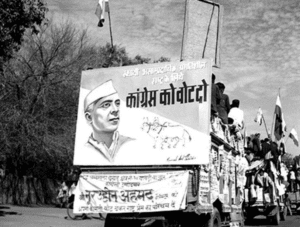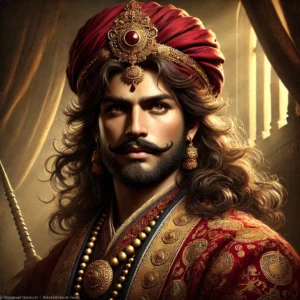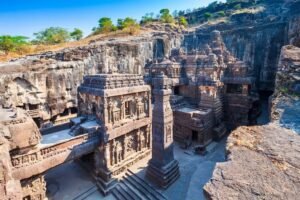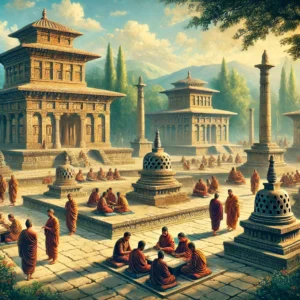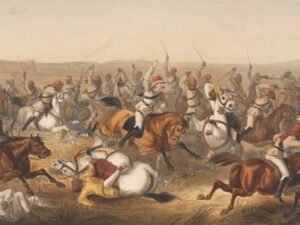Delhi, the capital city of India, is one of the oldest continuously inhabited cities in the world, with a history spanning over 2,500 years. Its origins are deeply intertwined with legend, mythology, and documented history, making it a city of immense cultural and historical significance.
A Timeline of Kingdoms That Ruled Delhi
Delhi has served as the capital for numerous kingdoms and empires throughout its history. Below is a chronological list of the major powers that ruled from Delhi:
- Pandavas (Indraprastha) – Circa 1400 BCE (Mythological Era, as per the Mahabharata)
- Mauryan Empire – 322 BCE to 185 BCE (Evidence of habitation and trade routes during this period)
- Gupta Empire – 320 CE to 550 CE (Part of the broader Gupta territory)
- Tomara Dynasty – 736 CE to 1150 CE (Established Lal Kot, an early fortified city in Delhi)
- Chauhans (Prithviraj Chauhan) – 1150 CE to 1192 CE (Ruled from Qila Rai Pithora)
- Delhi Sultanate – 1206 CE to 1526 CE:
- Slave Dynasty – 1206 CE to 1290 CE
- Khilji Dynasty – 1290 CE to 1320 CE
- Tughlaq Dynasty – 1320 CE to 1414 CE
- Sayyid Dynasty – 1414 CE to 1451 CE
- Lodi Dynasty – 1451 CE to 1526 CE
- Mughal Empire – 1526 CE to 1857 CE:
- Delhi became the Mughal capital under Emperor Akbar (briefly shifted to Agra) and Shah Jahan (1638 CE established Shahjahanabad).
- Marathas – 1757 CE to 1803 CE (Short-lived control after defeating the Mughals in some battles)
- British Raj – 1857 CE to 1947 CE (Established New Delhi as the capital in 1911)
- Republic of India – From 1947 CE onwards (Post-independence capital of modern India)
Origins and Ancient History
The earliest reference to Delhi is found in the Mahabharata, the ancient Indian epic. According to the text, the city of Indraprastha, established by the Pandavas, was located where Delhi stands today. Archaeological evidence suggests that the region was inhabited as far back as the 6th century BCE, making it a settlement of strategic and cultural importance in ancient India.
During the Mauryan and post-Mauryan periods, Delhi’s location made it a key part of trade routes and political power centers. Excavations at sites like Purana Qila have uncovered artifacts that point to continuous habitation and the influence of various empires over centuries.
Medieval Era and the Sultanate Period
Delhi rose to prominence as a significant political center during the medieval era, particularly with the establishment of the Delhi Sultanate in the 13th century. The city served as the capital for several dynasties, including the Slave, Khilji, Tughlaq, Sayyid, and Lodi dynasties. These rulers left behind architectural marvels, including the Qutub Minar, Alai Darwaza, and the tomb of Iltutmish, which showcase the fusion of Persian, Indian, and Islamic styles.
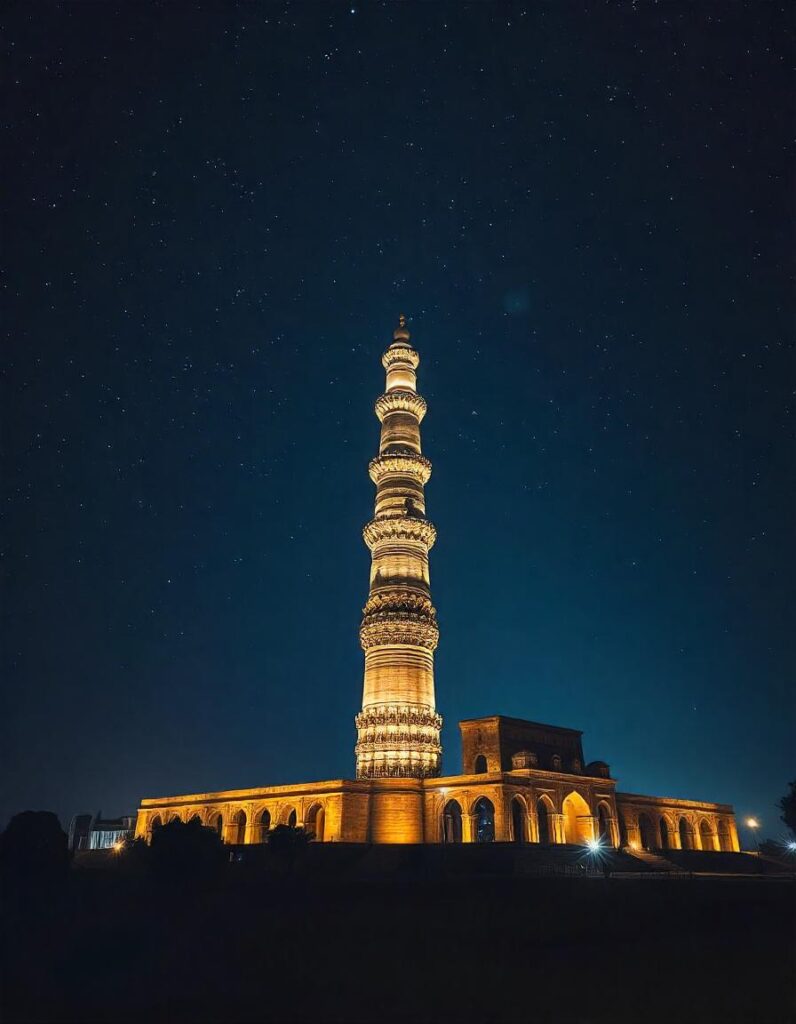
The city underwent a significant transformation under the Khilji and Tughlaq dynasties, who fortified it and built new settlements like Siri and Tughlaqabad. Each successive ruler added to Delhi’s grandeur, shaping its identity as a seat of power and culture.
Mughal Era
The Mughal emperors further enhanced Delhi’s prestige. Shah Jahan, one of the greatest Mughal rulers, moved the capital from Agra to Delhi in 1638 and built Shahjahanabad, the walled city that now forms Old Delhi. Landmarks like the Red Fort, Jama Masjid, and Chandni Chowk were established during this period, reflecting the zenith of Mughal architecture and urban planning.

Delhi became a hub of art, literature, and culture under Mughal patronage, with poets like Mirza Ghalib and artists flourishing in its vibrant environment. The city’s bazaars, gardens, and monuments stood as symbols of its prosperity and cosmopolitan nature.
Colonial Era
With the decline of the Mughal Empire, Delhi came under the control of the British in the 19th century. The British shifted their capital from Calcutta to Delhi in 1911 and constructed New Delhi, designed by architects Sir Edwin Lutyens and Herbert Baker. New Delhi’s grand avenues, government buildings, and colonial architecture contrasted sharply with the narrow lanes and crowded bazaars of Old Delhi.
The city played a central role in India’s independence movement, witnessing protests, assemblies, and significant events like Mahatma Gandhi’s speeches and the Quit India Movement. Post-independence, Delhi became the capital of the Republic of India in 1947.
Modern Delhi
Today, Delhi is a sprawling metropolis that seamlessly blends its ancient heritage with modernity. It is divided into two distinct parts: Old Delhi, with its historical charm, and New Delhi, the seat of government and modern infrastructure. The city’s landmarks, including India Gate, Rashtrapati Bhavan, and Akshardham Temple, attract millions of visitors annually.
Delhi’s cultural diversity is reflected in its cuisine, festivals, and daily life. It is home to people from all over India, making it a melting pot of languages, traditions, and cuisines. From street food like chaat and parathas to high-end dining, Delhi offers a culinary experience that mirrors its rich history.
Challenges and Aspirations
As one of the world’s most populous cities, Delhi faces challenges like pollution, traffic congestion, and urban sprawl. However, efforts are being made to address these issues through sustainable development and improved infrastructure. The Delhi Metro, for instance, has transformed public transportation in the city, connecting its farthest corners efficiently.
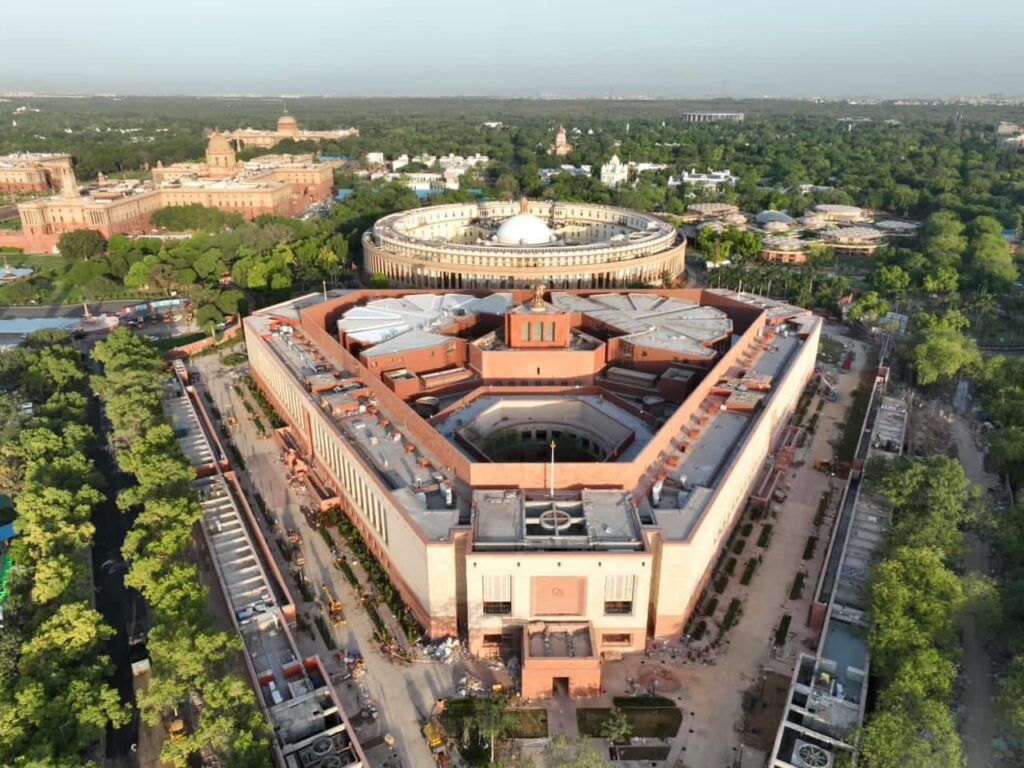
Delhi’s journey from the legendary city of Indraprastha to a modern metropolis is a testament to its resilience and adaptability. Its layers of history, diverse culture, and enduring spirit make it a city like no other. Whether through its ancient ruins, Mughal monuments, colonial architecture, or bustling markets, Delhi continues to tell the story of India’s past, present, and future.

